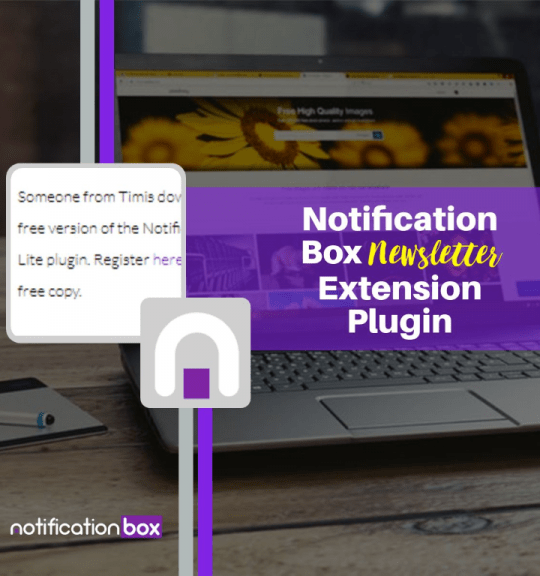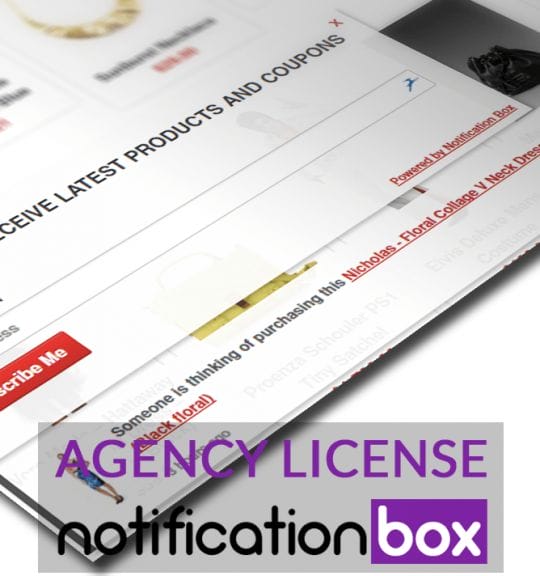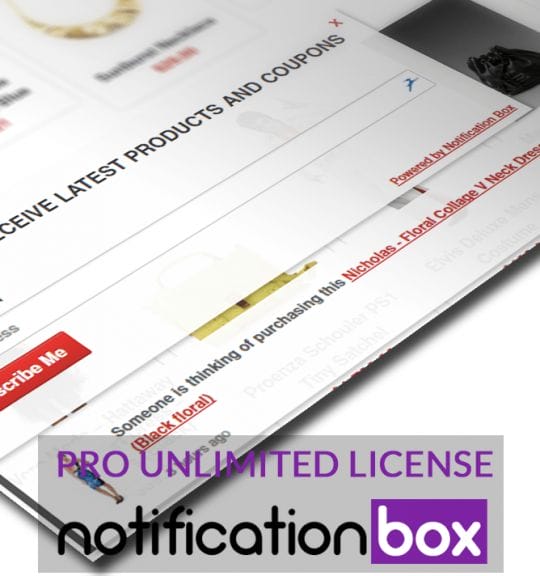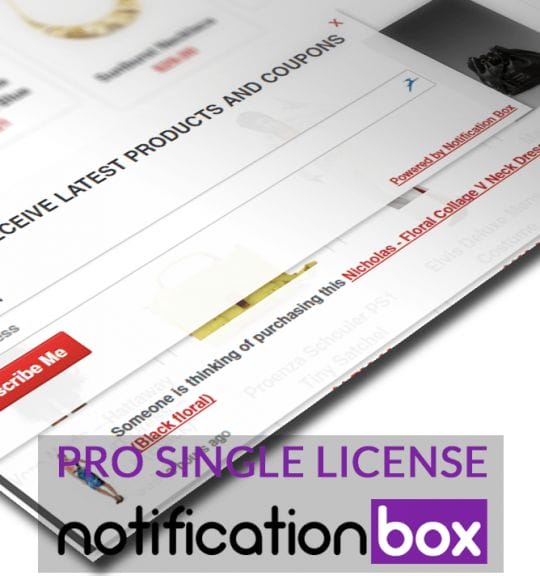Blog
Enhance Your Website with WordPress Alert System
A WordPress alert system is a crucial communication tool in the digital world that enables website owners to instantly deliver critical messages to their visitors. This system, which can be banners, pop-ups, or notification bars, is made to provide timely information like promotions, updates, or important alerts. Adding an alert system to a WordPress website allows site administrators to make sure that their audience is always aware of the most recent events, creating a more dynamic & interesting online space. These systems’ adaptability allows them to be customized to match the unique requirements of various websites, including blogs, corporate websites, and e-commerce platforms.
Key Takeaways
- A WordPress alert system is a tool that notifies users about important information or updates on a website.
- It is important to have a WordPress alert system to keep users informed and engaged, leading to a better user experience.
- A well-designed alert system can enhance user experience by providing timely and relevant information, leading to increased user engagement and satisfaction.
- Popular WordPress alert system plugins include XYZ and ABC, and they can be easily installed and set up with a step-by-step guide.
- Customizing the alert system to match your website’s branding and design can help create a cohesive and professional look.
- Social proof is the influence that the actions and attitudes of others have on our own behavior, and it is important for building trust and credibility on websites.
- Incorporating social proof into your WordPress alert system can help build trust and encourage user engagement.
- Successful implementation of social proof in websites includes displaying customer reviews, testimonials, and social media shares.
- Different types of alerts can be created for promotions, sales, or new content to notify users and encourage action.
- Crafting effective and engaging alert messages involves using clear and compelling language to capture users’ attention.
- Strategies for using the WordPress alert system to increase user engagement include personalized notifications and calls to action.
- Balancing informative and intrusive alerts is important to avoid overwhelming users and maintain a positive user experience.
- WordPress analytics can be used to track the performance of the alert system, including click-through rates and conversion rates.
- Monitoring key metrics can help optimize and improve the alert system over time.
- Staying updated with the latest trends and best practices in alert system design is important for maintaining an effective WordPress alert system.
- Strategies for ensuring relevance and effectiveness include regularly reviewing and updating the alert system.
- Avoiding common pitfalls and mistakes, such as overloading users with too many alerts, is crucial for a successful WordPress alert system.
It is impossible to overestimate the significance of having a WordPress alert system. Keeping visitors interested is crucial in a time when user attention spans are short. In addition to keeping users informed, a good alert system improves their experience by delivering pertinent information at the appropriate time. When a user is perusing an online store, for example, a prompt notification of a flash sale or other limited-time offer can have a big impact on their choice to buy. Also, by informing users about new features or content, website owners can promote audience engagement and a sense of community.
Finally, an effective alert system can turn inactive users into active contributors to the website’s ecosystem. The Appropriate WordPress Alert System Plugin Selection. The first step in setting up a WordPress alert system is choosing the appropriate plugin. There are numerous well-liked plugins that accommodate various features and user preferences. NotificationX, OneSignal, & WP Notification Bars are a few of the most popular choices.
These plugins each have special features like scheduling options, email marketing tool integration, and customizable designs. Important Things to Look for in an Alert System Plugin for WordPress. Website owners can find a solution that not only satisfies their needs but also improves the user experience by looking into these options.
| Metrics | Value |
|---|---|
| Number of alerts | 25 |
| Average response time | 3 seconds |
| Alert types | Informational, Warning, Error |
| Users subscribed | 150 |
Configurable designs, scheduling options, and integration with email marketing tools are important features to take into account. With the help of these features, website owners can design a notification system that complements the objectives and requirements of their site. Installing and Setting Up the Alert System Plugin for WordPress. After selecting an appropriate plugin, installing it is a fairly simple process.
Go to your WordPress dashboard and choose “Plugins” from the menu to get started. To find the alert system plugin of your choice, click “Add New” and use the search bar. Locate it and click “Install Now.” When the installation is finished, click “Activate.”.
After that, your dashboard usually has a new menu item devoted to the plugin settings. To customize your notification box to your liking, adhere to the on-screen directions. This could entail selecting display options, configuring the message content, and deciding on the alerts’ display time and location on your website. WordPress Alert System Customization for a Smooth User Experience. It’s critical to modify the alert system to match the branding of your website.
Examine changing fonts, colors, & styles to make sure they all complement your overall design style. This will guarantee that your alert system blends in seamlessly with the layout of your website and contribute to a smooth user experience. According to the psychological concept of social proof, people base their own behavior on the deeds and viewpoints of others. Social proof can boost credibility and have a big impact on user decisions on websites. For example, showing user reviews, testimonials, or data on the number of purchases can instill a sense of urgency and trust in prospective buyers.
Social proof is an effective tool that you can use to increase site engagement and conversions by integrating it into your WordPress alert system. Consider incorporating notifications that showcase recent purchases or user interactions into your alert system to incorporate social proof. An alert might say, for instance, that “10 people have purchased this item in the last hour,” which would instill a sense of urgency and motivate others to do the same.
Including gratifying comments or ratings in your alerts can also increase their legitimacy & encourage users to act. On a number of e-commerce platforms, where alerts show real-time data about customer satisfaction or product popularity, social proof has been successfully implemented. By carefully adding social proof to your alerts, you can craft an engaging story that engages readers and encourages interaction. To get the most out of your WordPress alert system, you must create custom alerts that are suited to particular situations.
Diverse circumstances may necessitate distinct alert formats; for example, you may wish to inform users of impending sales occasions, fresh blog entries, or modifications to service accessibility. By segmenting your alerts according to context, you can make sure that users get pertinent information that improves their online experience. This focused strategy raises the possibility that users will take the intended actions in addition to keeping them informed. Clarity and engagement are important considerations when creating alerts for different situations. Use attention-grabbing language that highlights urgency when announcing sales or promotions.
Phrases like “Limited Time Offer!” or “Only 5 Left in Stock!” can evoke a sense of scarcity that motivates quick action. The advantages that users will experience from interacting with the new content should also be emphasized when introducing new features or content. “Check out our latest blog post for tips on maximizing your productivity!” is an example of an alert. By using effective messaging strategies & customizing alerts for particular situations, you can establish a dynamic communication channel that appeals to your audience. Using techniques that boost user engagement is crucial if you want to fully utilize the potential of your WordPress alert system.
Using alerts as reminders for users to perform particular tasks on your website is a useful strategy. For example, you could design notifications that entice users to sign up for your newsletter by providing them with discounts or access to special content in return for their email addresses. You may encourage users to interact with your site more thoroughly by making sure that your alerts convey the value proposition in an understandable manner.
However, it’s critical to strike a balance between being intrusive and informative, even though alerts are a useful tool for encouraging user interaction. Sending out too many irrelevant or frequent notifications to users can irritate them and possibly make them leave your site. Think about putting in place frequency controls that restrict how frequently alerts are shown to specific users in order to avoid this hazard. Make sure that every alert offers real value, such as helpful information or an alluring deal, in order to maintain user engagement without becoming too intrusive.
observing important metrics. Tracking important metrics like conversion rates and click-through rates (CTR) will give you important information about how well your alerts are working. For instance, low conversion rates following an alert advertising a sale but a high click-through rate (CTR) on the alert may suggest that although users are interested in the offer, there may be obstacles keeping them from making the purchase. Enhancing and Optimizing.
By using this information, you can better understand user behavior and gradually enhance & optimize your alert system. Through consistent evaluation of performance metrics, you can spot patterns and decide which alert formats work best for your audience. Developing a Better Alert Strategy. You may improve user engagement and your website’s performance by regularly assessing and adjusting your alert strategy in light of data-driven insights. Also, A/B testing various alert formats or messages can yield additional information about what users respond to the most. It’s crucial to keep up with the most recent developments and industry best practices in alert design and functionality if you want your WordPress alert system to continue to function well over time.
You can find new features or methods to improve the performance of your alert system by routinely reviewing industry developments. For example, adding multimedia components to alerts—like pictures or videos—can improve their visual appeal and user engagement. Also, it’s critical to maintain relevance; review your alert types on a regular basis and modify them in response to user input or shifting project goals. By being proactive, you can steer clear of common pitfalls that could negatively impact user experience, like out-of-date messaging or unnecessary notifications. Asking users for feedback on their alert preferences can also help you improve your strategy by giving you important information about what your audience responds to the most. You can keep up an efficient WordPress alert system that keeps your audience interested and informed over time by following these best practices and being flexible in your strategy.
If you’re looking to enhance your WordPress site with an effective alert system, you might find the article “Launching the Notification Box” particularly useful. It provides detailed insights into how the Notification Box plugin can be integrated into your WordPress site to improve user engagement through timely alerts and notifications. You can read more about the features and benefits of using Notification Box in this comprehensive guide here.
FAQs
What is a WordPress alert system?
A WordPress alert system is a tool or plugin that allows website owners to send out notifications or alerts to their website visitors. These alerts can be used to communicate important information, such as security updates, maintenance schedules, or emergency announcements.
How does a WordPress alert system work?
A WordPress alert system typically works by allowing website owners to create and customize alerts through a user-friendly interface. Once an alert is created, it can be displayed on the website in the form of a pop-up, banner, or notification bar. Visitors to the website will then see the alert and can take appropriate action based on the information provided.
What are the benefits of using a WordPress alert system?
Using a WordPress alert system can help website owners effectively communicate important information to their visitors. This can be especially useful for conveying urgent messages, such as security warnings or emergency updates. Additionally, alert systems can help improve user experience by providing timely and relevant information to website visitors.
Are there different types of WordPress alert systems?
Yes, there are different types of WordPress alert systems available, including plugins that offer various features such as customizable alert designs, scheduling options, targeting specific user groups, and integration with email or SMS notifications.
How can I add a WordPress alert system to my website?
To add a WordPress alert system to your website, you can search for alert system plugins in the WordPress plugin directory and install the one that best fits your needs. Once installed, you can configure the settings and create alerts to be displayed on your website.
BUY NOW
-
Sale!

Agency License – Notification Box – WordPress Plugin
Original price was: $230.00.$150.00Current price is: $150.00. Add to cart -
Sale!

Unlimited License – Notification Box Pro – WordPress Plugin
Original price was: $79.00.$60.00Current price is: $60.00. Add to cart -

Single License – Notification Box Pro – WordPress Plugin
$39.00 Add to cart







